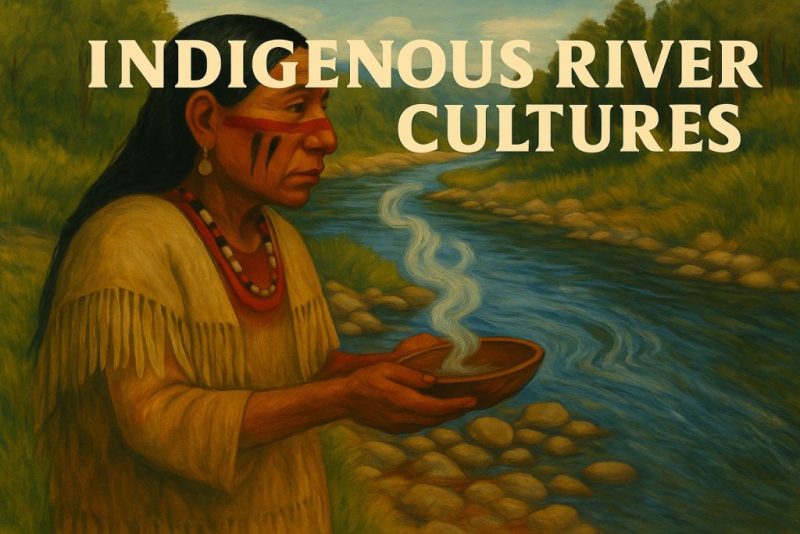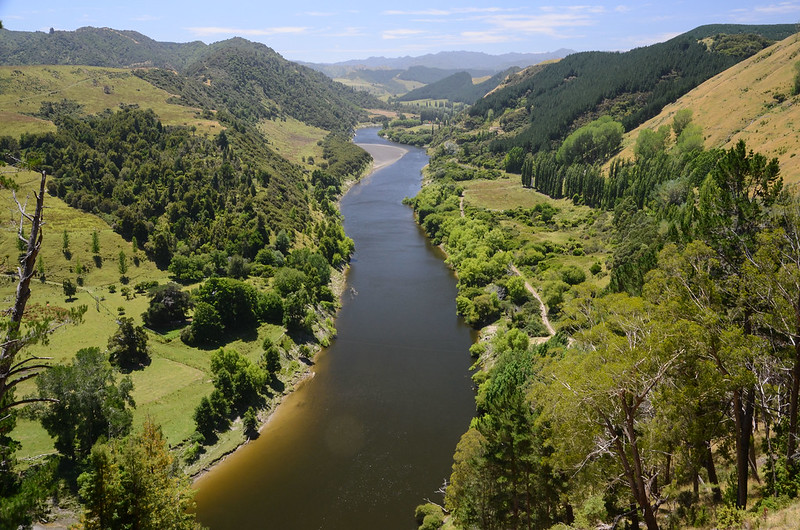Indigenous River Cultures: Sacred Ties to Flowing Waters

Discover how Indigenous river cultures honor rivers as living beings—through myths, ceremonies, and guardianship rooted in deep ancestral knowledge.
Indigenous river cultures have long understood what modern society often forgets: rivers are not just bodies of water—they are living ancestors, storytellers, and sacred companions. From the Arctic tundra to the Amazon rainforest, Indigenous communities have honored rivers as part of the family—shaping identity, tradition, and spiritual practice.
In this long-form exploration, we dive into the ways Indigenous peoples live with rivers: how they listen to them, learn from them, and defend their flow in the face of modern threats.
Explore the role of rivers in ancient civilizations as well.
🌊 Rivers as Living Beings in Indigenous Worldviews
Across continents, Indigenous river cultures recognize rivers as alive—beings with memory and rights.
The Whanganui River in Aotearoa (New Zealand), sacred to the Māori, was the first river in the world to be granted legal personhood. The Māori say, “Ko au te awa, ko te awa ko au”—I am the river, and the river is me. In India, millions worship the Ganges River (Ganga Ma) as a goddess. In the Colombian rainforest, the Atrato River was granted rights thanks to the efforts of Afro-Colombian and Indigenous communities who see it as a sacred entity.

These are not metaphors. They reflect deep, ancient relationships where the river is both relative and teacher.
🔥 River Myths and Creation Stories
Storytelling is at the heart of Indigenous river cultures. Creation myths, passed down through generations, encode ecological wisdom and spiritual truth.
In Aboriginal Australia, the Rainbow Serpent carved riverbeds across the land during the Dreamtime, bringing life wherever it passed. Along the Columbia River, the Nez Perce and Umatilla tribes speak of Coyote and Salmon Chief, whose rivalry gave shape to the river’s course and salmon’s sacred role.
These stories aren’t just myths—they are guides to living. They instruct communities when to fish, how to respect the river’s spirit, and what happens when balance is broken.
🛶 River-Based Livelihoods and Traditions
For thousands of years, Indigenous river cultures have thrived by living in rhythm with their rivers.
In the Amazon, the Kayapo use natural vines to fish and build stilted homes that rise with floods. In northern Canada, the Dene follow the seasonal flow of frozen rivers by dog sled and canoe. In Southeast Asia, the Lahu and Karen peoples build rice terraces along Mekong tributaries, guided by lunar signs and ancestral memory.
Rivers offer food, transportation, medicine, and spiritual sustenance—but above all, they provide identity.
🌱 Traditional Ecological Knowledge (TEK)
At the core of Indigenous river cultures is Traditional Ecological Knowledge—a sophisticated understanding of river systems shaped by centuries of observation.
Examples of TEK include:
- Fish spawning calendars based on moon phases
- Taboo zones or “no-fish periods” to protect species during reproduction
- Floating gardens that rise with floodwaters in the Amazon and Bangladesh
- Silt farming and flood management by Native American civilizations like the Ancestral Puebloans
This knowledge offers powerful lessons for addressing today’s climate crisis, water scarcity, and biodiversity loss.
⚠️ Colonial Impacts and the Loss of River Homelands
Colonialism and industrial expansion have had devastating consequences for Indigenous river cultures.
Rivers have been dammed, diverted, and polluted. Sacred sites have been drowned. Communities have been displaced. In China, the Three Gorges Dam submerged ancient villages and cultural landmarks. In the U.S., the Glen Canyon Dam halted sacred water flows for the Navajo and Hopi. At Standing Rock, the Sioux resisted the Dakota Access Pipeline to protect the Missouri River from oil contamination.
These are not isolated incidents—they are part of a global pattern of disconnection and destruction.
✊ Revival and River Guardianship
Yet around the world, Indigenous river guardians are fighting back—and leading the way forward.
- In New Zealand, the Māori guardians (kaitiaki) oversee the Whanganui River under a treaty that blends legal and spiritual protection.
- In Brazil, Kayapo and Munduruku peoples resist mining and deforestation on the Xingu and Tapajós Rivers.
- In the U.S., Anishinaabe water protectors organize pipeline protests, water walks, and river cleanup events.
- In Colombia, the Atrato River was granted legal rights thanks to Indigenous and Afro-descendant activism.
These efforts are not only about conservation—they are about cultural survival, sovereignty, and the sacred.
🎨 Rivers in Indigenous Art and Ceremony
Rivers also run through the ceremonial and artistic expressions of Indigenous peoples.
- In Papua New Guinea, the Sepik River inspires carved canoes, drums, and ritual masks.
- Among the Sámi of the Arctic, joik songs mimic the sound of rivers and melting snow.
- In North America, Anishinaabe beadwork and ribbon skirts feature swirling blue patterns representing sacred waters.
- Offerings like tobacco, sweetgrass, and smoke are given to rivers as acts of reverence.
Through dance, chant, painting, and prayer, rivers remain not just present—but honored and embodied.
🧭 A River-Full Future Rooted in Indigenous Wisdom
As modern society faces water crises, biodiversity collapse, and climate instability, it’s time to listen to Indigenous river cultures.
What if rivers had rights? What if we learned to observe their rhythms before altering their course? What if water was sacred again?
Indigenous wisdom shows us that rivers aren’t things to conquer—they are relationships to tend. And in the rising voices of river guardians, we hear not just resistance, but resilience.
“The river is the oldest teacher,” writes Anishinaabe leader Winona LaDuke.
“She’s patient—but she remembers.”
📚 Further Resources on Indigenous River Cultures
- “Braiding Sweetgrass” by Robin Wall Kimmerer
- “The River Is In Us” by Elizabeth Hoover
- International Rivers Indigenous Rights Program
- Sacred Rivers of the Amazon – Amazon Watch
- Legal Rights of Nature – Global Alliance for the Rights of Nature



